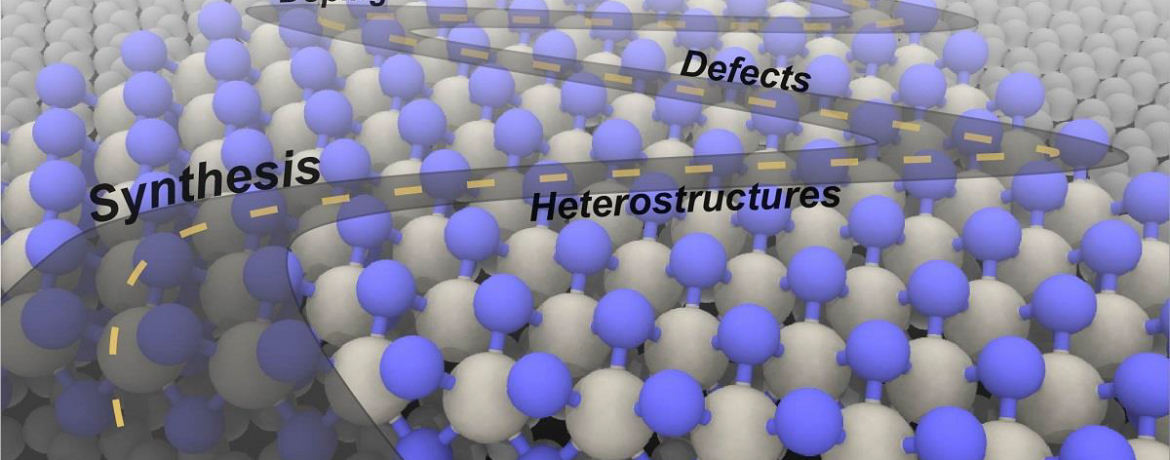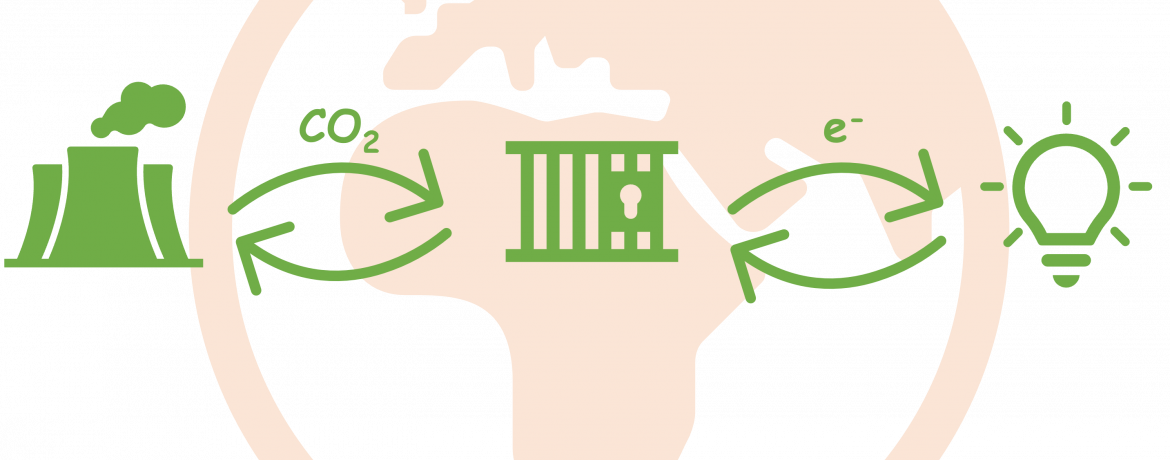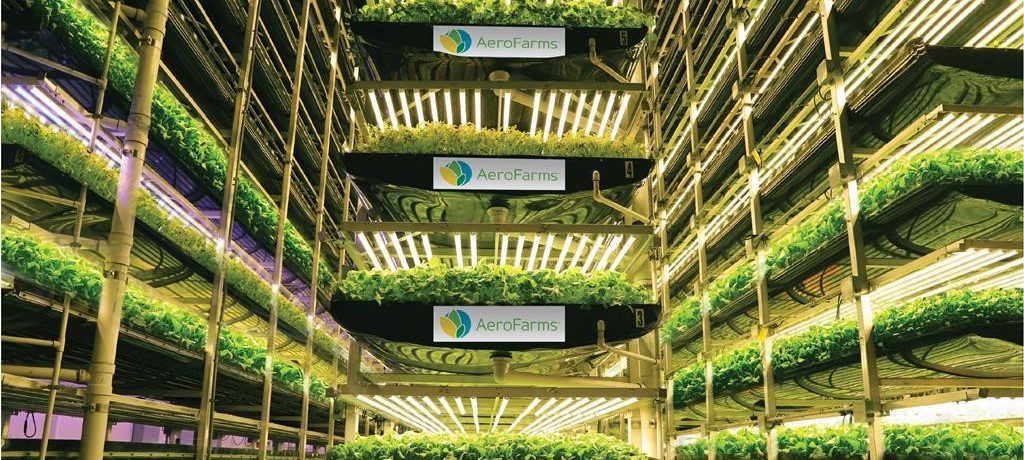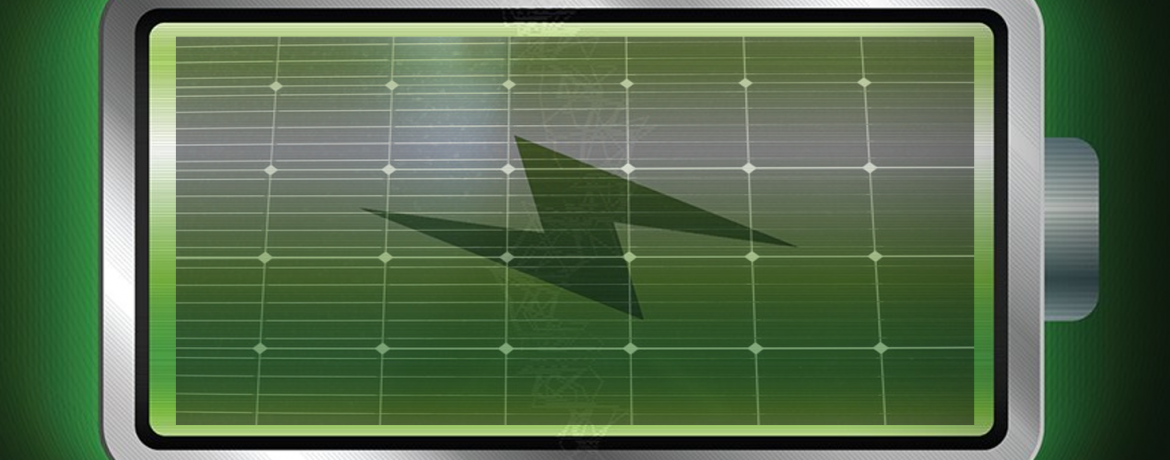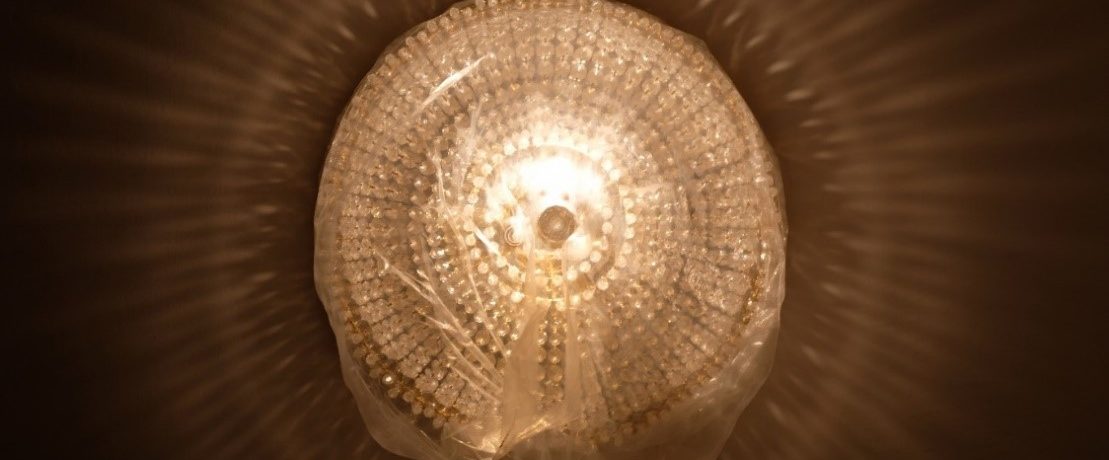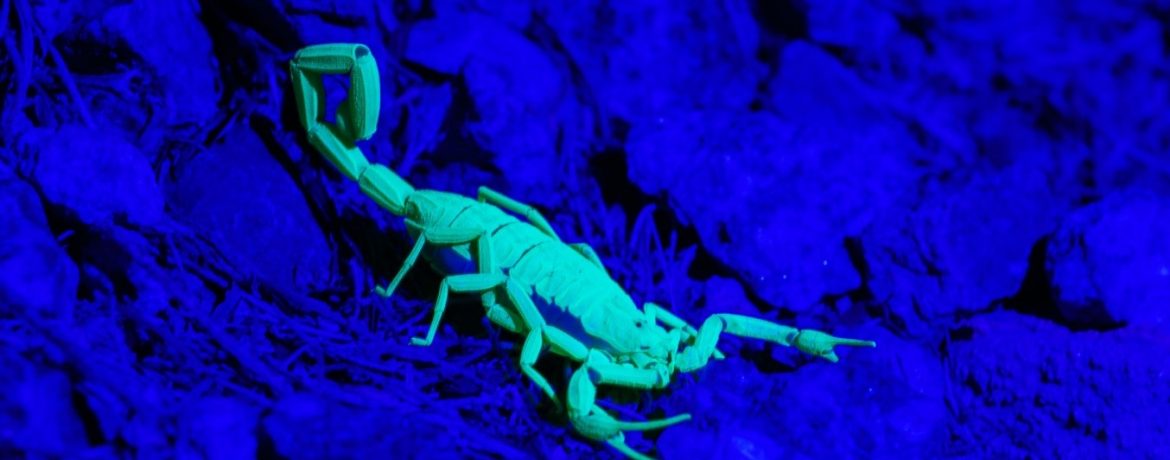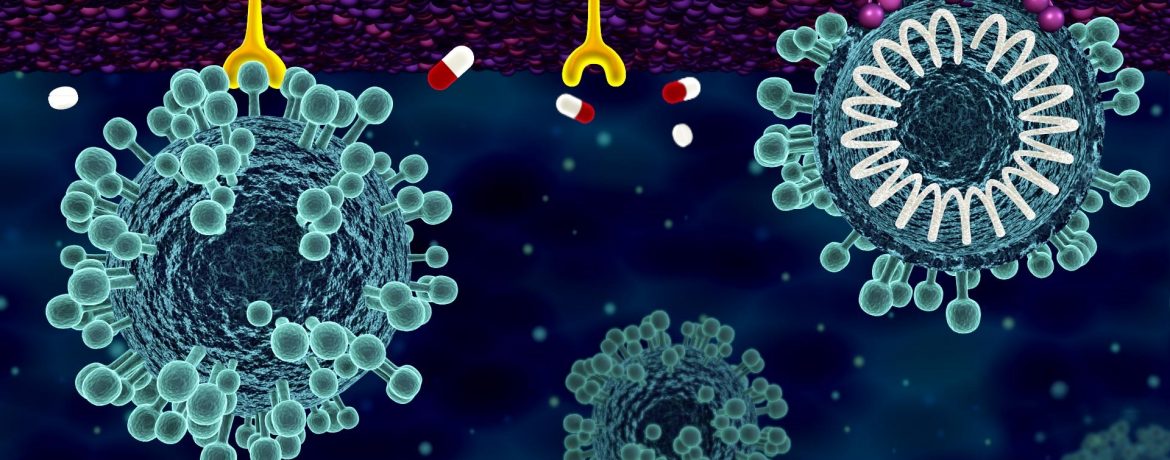
Cell Membrane-on-a-Chip for Drug Interaction Studies
Our microbiome consists of 100 thousand billion microbes that live inside our gut. These are both helpful and potentially harmful, and often have a symbiotic relationship with us. Alterations in the microbiome have been linked with many diseases from infection, colorectal cancer, and Crohn’s disease to neurological conditions including autism spectrum disorder, stress and anxiety. […]


